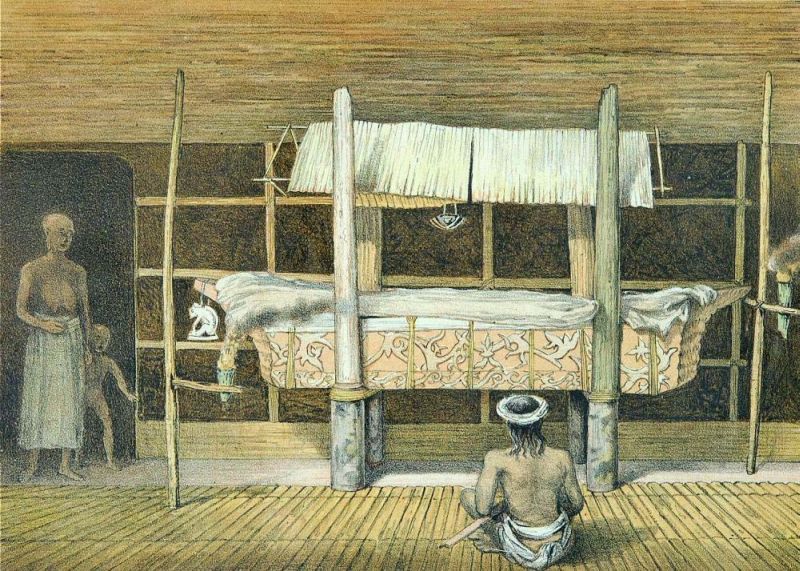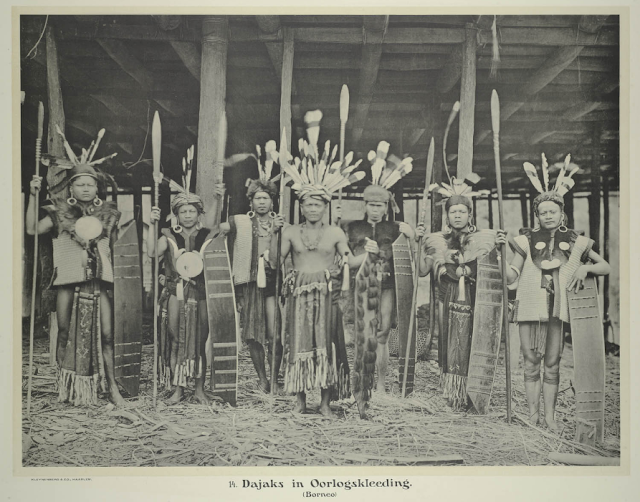Dayak DNA Present in Madagascar

M alagasy ethnic groups who are now in Madagascar was derived from the womb of 30 women who were stranded in the area at 1,200 year ago. Among the 30 women, 28 women of whom are from Borneo, Indonesia. Canoe-sarcophagus of the Dayak: a burial that recalls the Malagasy tradition that former Ntaolo Vazimba and Vezo buried their dead in canoe-sarcophagi in the sea or in a lake. Murray Cox, genetics researchers from Massey University, New Zealand, interested in research that states that the Dayak blood flow in the body of the people of Madagascar. Mentioned a millennium ago the original ethnic group of Borneo (Kalimantan) sailing a boat in the Indian Ocean. Hardness of the waves in the waters of this area to push the boat up stranded on an uninhabited Madagascar. The stranded group then open land in the plains to be settlements and fields. " We're talking about a culture that migrated across the Indian Ocean ," he told Live-Science. Evidence of ethnic Dayak as th







